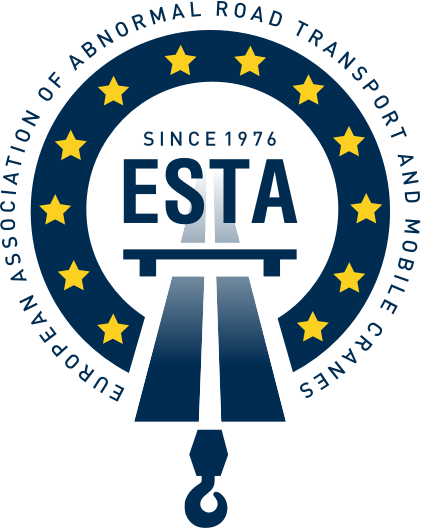
ESTA’s long-running campaign for the introduction of heavy transport and abnormal load corridors across Europe has received a significant boost.
Brussels and national governments have been under pressure from Europe’s armed forces who are concerned that the poor state of the continent’s infrastructure is hampering their ability to move heavy armaments.
With the support of IRU, the international road transport association, ESTA has been arguing for the creation of heavy transport corridors that could be used for both military and non-military purposes.
In February, the IRU received an update from the European Commission which said that the idea of “dual-use” requirements for the roads has made “great progress”, thanks to the valuable input from ESTA and the IRU.
The dual military and heavy transport proposal was initially discussed with the member states and then considered in more detail in a series of EC committees. Commission sources hope that the proposal will be included in the Connecting Europe Facility 2021-27 Regulation – the mechanism for financing key EU infrastructure networks.
They expect this to be adopted later this year, although there are concerns that the process might be delayed by budget negotiations in the wake of Brexit.
ESTA Director Ton Klijn said: “Nothing has been achieved yet, of course, but the signs are good that with the help from our friends at IRU our voice has been heard and we are making progress. We are just hoping that having persuaded many people of the wisdom of our case, that the arguments over EU funding do not delays matters too long.”
ESTA has long believed that pan-European corridors for heavy transport and abnormal loads would be more efficient, save money and enable cash-strapped road authorities to focus investment on a number of key routes – an argument that has gained further support in the wake of recent tragic bridge collapses.
ESTA joined the IRU last year as an affiliate member in a move to increase the organisation’s profile and influence with the European Commission and international road transport authorities.
The “dual-use” debate started when the IRU was asked for comments by the European Commission on the proposed Action Plan on Military Mobility, and the IRU in turn asked ESTA for its input. ESTA’s response was accepted in full by the IRU who submitted it to the European Commission.
